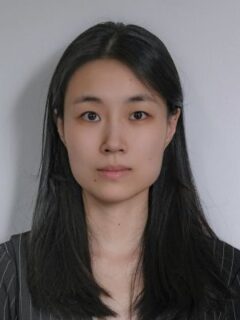Hui Shang
Hui Shang
Master student
Preparation and Evaluation of Hierarchical Bioactive Scaffolds for Wound Healing
Supervisors: Meng Li and Prof. Aldo R. Boccaccini
Currently available wound healing biomedical materials present several clinical challenges. For instance, wound exposure can lead to bacterial infection, and possible mechanical incompatibility between the dressing material and the surrounding soft tissue can induce secondary injury or dressing detachment [1]. No single material can satisfy the diverse requirements of all wound types; consequently, composites, i.e. multifunctional wound healing materials are essential to address clinical demands effectively. Melt electrowriting (MEW) can be used to create customizable 3D scaffolds with controlled shapes and pore sizes [2]. On the other hand, electrospun fibrous structures, with their high biomimetic properties, hydrophilicity and bioactivity, can significantly enhance cell affinity while mimicking the fibrous structure of the native extracellular matrix (ECM) to promote wound healing [1,3]. In this master’s thesis, we will combine MEW structures with electrospun fibers, thereby constructing hierarchical scaffolds with both suitable mechanical properties and bioactivity for wound healing.
[1] Negut I, et al. Scaffolds for wound healing applications. Polymers. 2020;12(9):2010. doi: 10.3390/polym12092010.
[2] Girard F, et al. First advanced bilayer scaffolds for tailored skin tissue engineering produced via electrospinning and melt electrowriting.
Adv Funct Mater. 2024;34(27):2314757. doi: 10.1002/adfm.202314757.
[3] Qin J, et al. Recent advances in bioengineered scaffolds for cutaneous wound healing. Front Bioeng Biotechnol. 2022; 10:841583. doi:
10.3389/fbioe.2022.841583.

